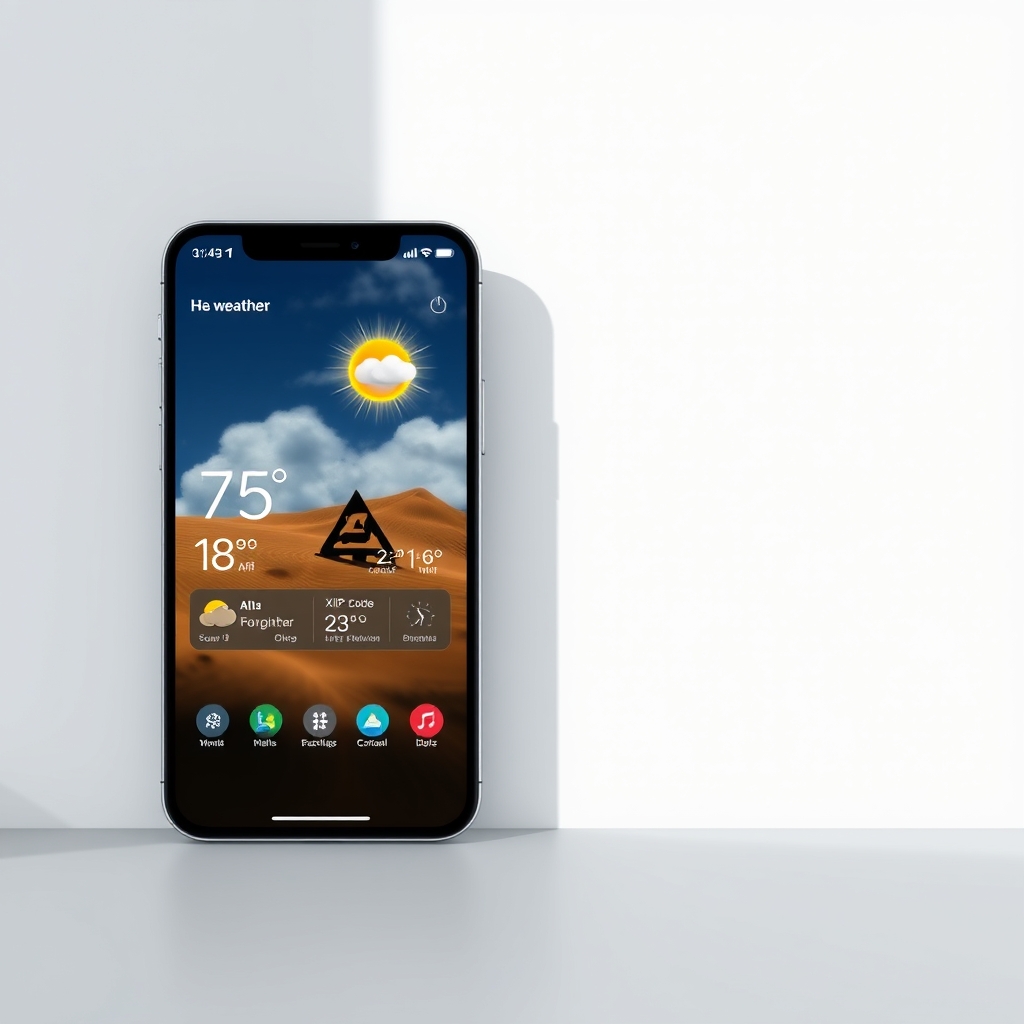Comparing Weather API and Accurate Weather Forecasts by ZIP Code API: Benefits, Drawbacks, and Selection Criteria

Comparing Weather API and Accurate Weather Forecasts by ZIP Code API: Benefits, Drawbacks, and Selection Criteria
In the world of application development, integrating weather data can significantly enhance user experience and functionality. Two prominent APIs in this domain are the Current Weather and Forecasted Weather API and the Accurate Weather Forecasts by ZIP Code API. This blog post will provide a detailed comparison of these two APIs, focusing on their features, use cases, performance, scalability, pros and cons, and recommendations for different scenarios.
Overview of Both APIs
The Current Weather and Forecasted Weather API offers a comprehensive solution for retrieving current weather conditions and forecasts. It allows users to query weather data based on city names, ZIP codes, or geographic coordinates. This API is particularly useful for applications that require real-time weather updates and forecasts for various locations.
On the other hand, the Accurate Weather Forecasts by ZIP Code API focuses on providing detailed meteorological data using ZIP codes as the primary input. This API is designed to deliver accurate weather information sourced from the National Weather Service and other reliable sources, making it ideal for applications that need localized weather data based on user-provided ZIP codes.
Side-by-Side Feature Comparison
Current Weather and Forecasted Weather API Features
The Current Weather and Forecasted Weather API includes the following key features:
- Current Weather: This feature allows users to retrieve real-time weather information for any location. The response includes temperature, humidity, wind speed, and weather conditions.
- Forecasted Data - Five Days: Users can access weather forecasts for the next five days at three-hour intervals, providing detailed insights into upcoming weather changes.
Accurate Weather Forecasts by ZIP Code API Features
The Accurate Weather Forecasts by ZIP Code API offers the following features:
- Get Weather By Zip: Users can obtain detailed weather data by simply providing a ZIP code. The response includes temperature, weather conditions, wind speed, humidity, and more.
Example Use Cases for Each API
Current Weather and Forecasted Weather API Use Cases
This API is ideal for:
- Mobile Weather Applications: Developers can integrate this API to provide users with real-time weather updates and forecasts based on their location.
- Travel Planning Apps: Applications that assist users in planning trips can utilize this API to inform users about weather conditions at their destinations.
Accurate Weather Forecasts by ZIP Code API Use Cases
This API is particularly useful for:
- Local Businesses: Businesses can use this API to send weather-based alerts or recommendations to customers based on their ZIP code.
- Event Planning Services: Event organizers can leverage this API to ensure that outdoor events are scheduled during favorable weather conditions.
Performance and Scalability Analysis
Both APIs are designed to handle a significant number of requests, making them suitable for applications with varying traffic levels. The Current Weather and Forecasted Weather API allows for multiple queries per minute, ensuring that applications can retrieve data quickly and efficiently. This is particularly important for applications that require real-time updates.
The Accurate Weather Forecasts by ZIP Code API also offers robust performance, allowing developers to retrieve weather data based on user-provided ZIP codes. This API is optimized for quick responses, making it suitable for applications that need to deliver localized weather information promptly.
Pros and Cons of Each API
Current Weather and Forecasted Weather API
Pros:
- Comprehensive weather data, including current conditions and forecasts.
- Flexible querying options (city name, ZIP code, latitude/longitude).
- Detailed forecast data at three-hour intervals.
Cons:
- May require more complex integration for applications focused solely on ZIP code data.
- Potentially higher data usage for applications that frequently query current weather and forecasts.
Accurate Weather Forecasts by ZIP Code API
Pros:
- Simple integration with a focus on ZIP code data.
- Reliable data sourced from the National Weather Service.
- Ideal for applications that require localized weather information.
Cons:
- Limited to ZIP code queries, which may not be suitable for all applications.
- Less comprehensive than the Current Weather and Forecasted Weather API in terms of forecast intervals.
Final Recommendation
When choosing between the Current Weather and Forecasted Weather API and the Accurate Weather Forecasts by ZIP Code API, developers should consider their specific use cases:
- If your application requires comprehensive weather data, including real-time updates and detailed forecasts, the Current Weather and Forecasted Weather API is the better choice.
- For applications focused on providing localized weather information based on user ZIP codes, the Accurate Weather Forecasts by ZIP Code API is more suitable.
In conclusion, both APIs offer valuable features and capabilities that can enhance applications requiring weather data. By understanding the strengths and weaknesses of each API, developers can make informed decisions that align with their project requirements.





